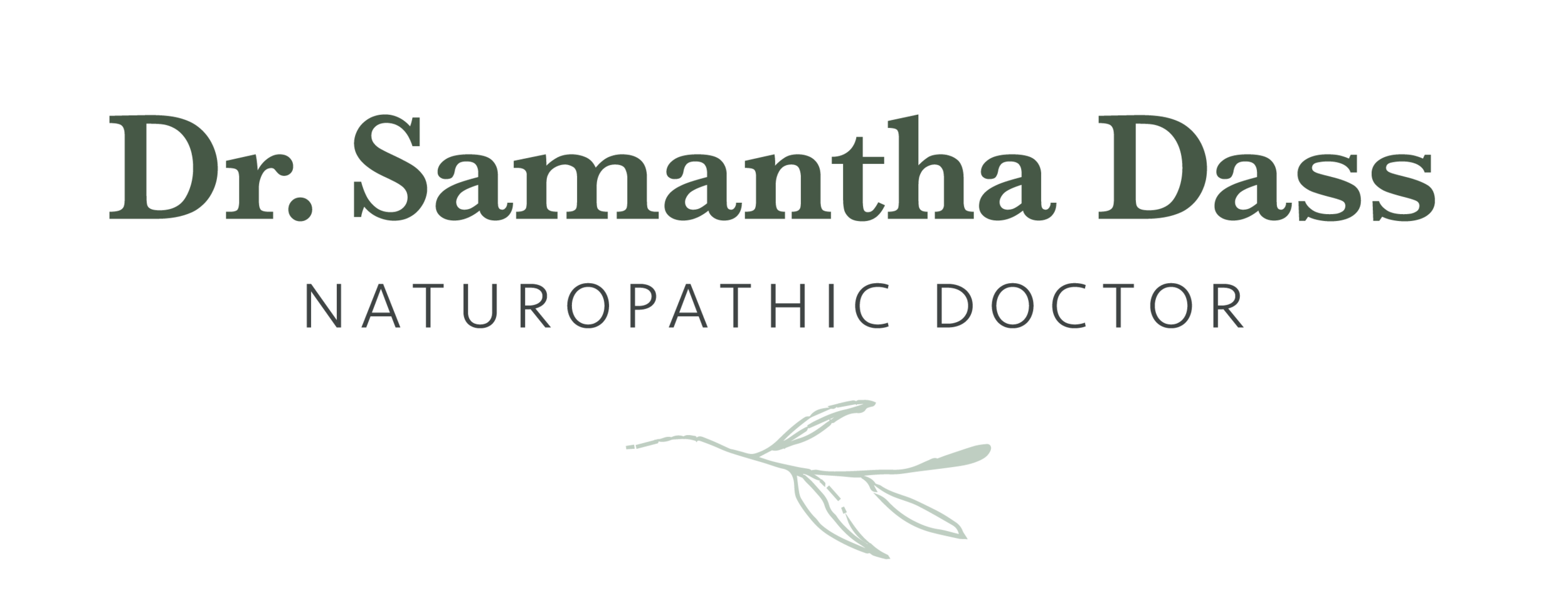There are many people globally and right here in North America who have been diagnosed with post traumatic stress disorder (PTSD). It’s not uncommon for someone to think they have a different diagnosis such as anxiety or panic disorder only to find out through further evaluation that they meet the criteria for PTSD. A key difference between something like generalized anxiety disorder and PTSD is that PTSD occurs after a traumatic experience or multiple traumatic experiences. That’s not to say that generalized anxiety can’t develop after trauma, but trauma is not a core part of the diagnosis.
Another core feature that is unique to PTSD is that the trauma is re-experienced in the form of things like nightmares or intrusive memories. Certain triggers in the present day may remind someone with PTSD of their trauma in some way and lead to emotional or physical reactions.
What Counts as a Traumatic Event
The types of stressors that can cause PTSD include: threatened death and actual/threatened injury. This can happen if someone is the direct victim of a threatened death or injury. It can also happen if someone witnesses or learns about a death, threatened death, or injury to someone else.
When we think of traumatic events that can cause PTSD we may think about war and natural disasters. But other examples of traumatic events can include major car accidents, sexual abuse, domestic abuse, traumatic birthing experiences, dealing with serious illness, witnessing a family member deal with serious illness and traumatic events in the workplace.
Overlap With Other Mental Health Conditions
There is overlap in some of the symptoms experienced in PTSD and other conditions like generalized anxiety disorder (GAD) and major depression. In GAD it can be hard to control anxious thoughts and this can lead to avoidance of certain situations. In PTSD it can be hard to control intrusive thoughts relating to the past trauma which can also lead to avoidance behaviours. In both major depression and PTSD someone can experience a loss of interest in activities. In GAD, depression, and PTSD, one can experience insomnia, negative mood and issues with focus or memory. This is why it can take a while for people to get a diagnosis of PTSD especially if they are not fully aware of the connection between a traumatic event in their life and their current symptoms.
Hypervigilance
Hypervigilance is a symptom that can occur in PTSD and other anxiety disorders but it is a common feature with PTSD. It involves feeling on edge and “revved up” because one feels unsafe and is expecting danger to be just around the corner. This can lead to physical symptoms like increased blood pressure, changes in pupil dilation and a strong startle reflex. When someone slips into a state of hypervigilance it can be hard to function normally because their attention is so consumed by this anticipation of danger as their body is flooded with stress chemicals like adrenaline and cortisol. They may find it hard to sit still, have a normal conversation or remember their task at hand.
Treatment
It’s so important to have good care to manage PTSD. This involves having a compassionate family doctor and specialist and someone to perform psychological therapy such as exposure therapy or cognitive behavioural therapy. As a naturopathic doctor, I often work with people who have PTSD to assess what nutritional, herbal and lifestyle treatments can complement their care to help them manage their symptoms, prevent chronic disease and overall improve their physical and mental health as much as possible.
If you have questions about PTSD that you think would be relevant to a naturopathic doctor, feel free to contact me through my contact form which you can access by clicking below.


